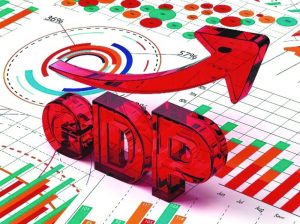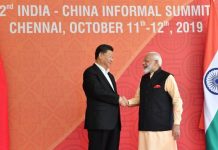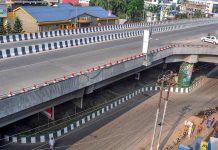 More than seven decades have passed since India’s Independence on August 15, 1947. The country has gradually become the world’s sixth-largest economy in terms of nominal GDP and the third-largest in purchasing power parity. After the 1991 economic liberalisation, India achieved 6-7 per cent average GDP growth annually. The country, according to former Reserve Bank of India governor Raghuram Rajan, is likely to become bigger than China in the long run.
More than seven decades have passed since India’s Independence on August 15, 1947. The country has gradually become the world’s sixth-largest economy in terms of nominal GDP and the third-largest in purchasing power parity. After the 1991 economic liberalisation, India achieved 6-7 per cent average GDP growth annually. The country, according to former Reserve Bank of India governor Raghuram Rajan, is likely to become bigger than China in the long run.
All this paint a rosy picture of India as the world’s fastest-growing major nation, which is catching up fast with its richer counterparts in terms of absolute size of the economy. But a closer look draws a different image of the nation. The inter-state disparities, for example, have widened in recent years even as the national economy grows in size and influence on the global stage. Many low-income states, as per the Crisil’s latest Gross State Domestic Product (GSDP) report, have experienced isolated years of strong economic growth above the national average.
However, economic convergence within the country may not be seen in the near future as poorer states continue to lag behind their wealthy neighbours in economic growth. Bihar, for instance, was the fastest-growing state this year. The state still could not bridge the widening gap with the financially stronger counterparts as it has simply not been able to maintain a healthy growth rate over a sustained period of time.
Prosperous states such as Gujarat, for example, have been able to achieve sustained economic growth and increase their gap over other states. As per the Crisil report, there was a slight convergence in the per capita income levels of the poorer and richer States between fiscal years 2008 and 2013. But the trend was reversed in the subsequent years. There has been a significant divergence rather than convergence in the economic fortunes of the poorer and richer states between fiscal years 2013 and 2018. This was the result of richer States continuing to show strong growth while the poorer states fell behind. Only two of the eight low-income states in 2013 had growth rates above the national average over the next five years. Six out of the nine high-income states, meanwhile, recorded higher growth than the national average during 2013-18.
The Oxfam Inequality Report 2019, meanwhile, points at other kind of disparity in the country. That is of wealth inequality. The wealth of top nine billionaires in India, as per the report, is equivalent to the wealth of the bottom 50 per cent of the population while 60 per cent or the majority of the population own merely 4.8 pc of the national wealth. Women are the worst victim of income inequality. In their workplaces, women continue to receive 34 per cent less wages than their male peers for the same amount of work. Also, when the government of a nation reduces its expenditure on healthcare, education and employment
facilities, women are the first ones to lose out on these services.
These are just few of the several forms of disparities that India and Indians are facing. Until proper measures are taken to end these disparities, the prosperity of the country will remain only on papers.
letters@tehelka.com













